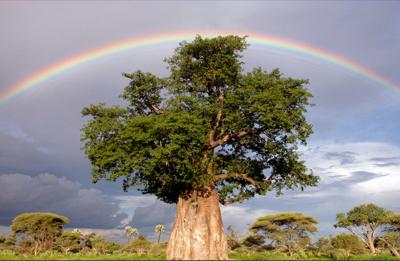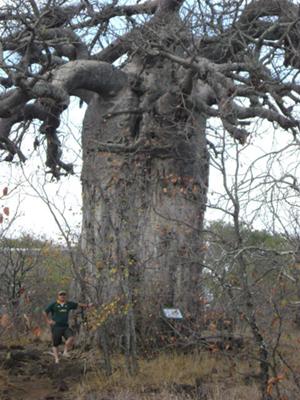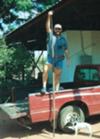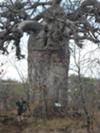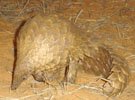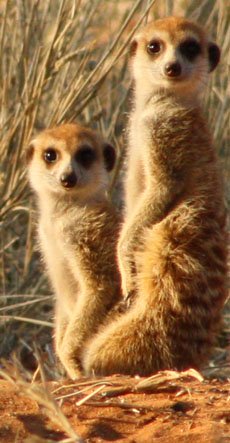My scary Black Mamba story!
by WILLEM
(BAHRAIN)
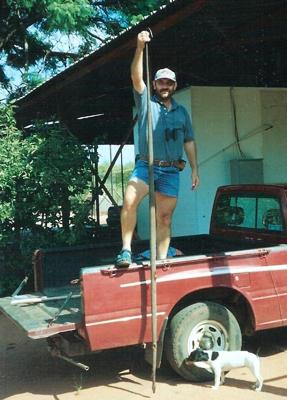
For guys like us these are the best hunts - even better than hunting for Kudu, Impala, Blesbuck, etc!
As an older hunter, I still like to climb trees for a better look-out point. So when I saw a huge Boabab tree ±100m from natural water, I just had to go for it!
To my surprise, somebody else had long ago tried to build a tree house in it - even better!
The 'ladder' up to the first branches did not look safe anymore, so I decided to fasten my kit with a 30m ski-rope in my survivalbag and pull everything up once I'm at the fork of the first branches.
Once there in the fork, the next climb up with a backpack and rifle to the floor of the 'treehouse' becomes, lets just say, 'difficult'.
Boabab tree branches are smooth and army boots are not really meant to be used as tree climbers!
Exhausted, I carefully let the floor of the treehouse took my weight. So far so good!
Taking my binoculars, I started glassing the Bushveld. What a beautiful view!
After maybe one or two minutes of total absorbtion to the surroundings beneath me, I suddenly become aware of a movement to the right of my head in the treehouse.
Just imagine the picture for yourselves: I turned my head to find a huge, 3 metre-long, coiled Black Mamba... not more than 3 feet from my face and looking me straight in the eye!
To say that I was scared is a huge understatement of such an totally unexpected confrontation/situation!
Now look. I am also a consevationist the same as all real hunters, but at moments like these, up there maybe 40m in a tree, confronted by a disagreeable and very poisonious snake whose personal space and territory has just been rudely invaded by an alien to him...
...you don't think conservation but only survival!
Today, years after this episode, I still get the shivers when I think back at that close shave!
P.S. I did not go out hunting for warthog the rest of that day!
Willem Bahrain
Comments for My scary Black Mamba story!
|
||
|
||
|
||

Meaning of "Uitspan"
'Uitspan' is an Afrikaans word that means place of rest.
When the Boer settlers moved inland in Southern Africa in the 1800's, they used ox carts. When they found a spot with game, water and green grass, they arranged their ox carts into a circular laager for protection against wild animals and stopped for a rest.
They referred to such an action of relaxation for man and beast, as Uitspan.
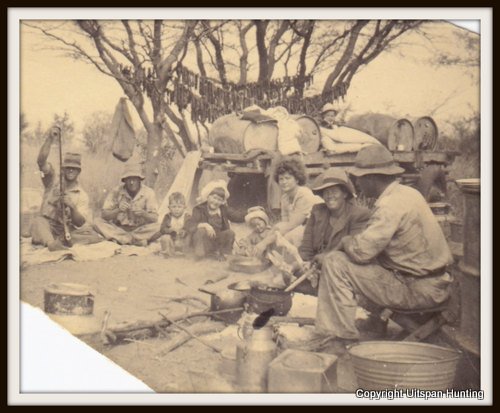
(Picture above of our ancestors.)
Did you know?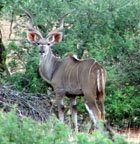 Greater Southern Kudus are famous for their ability to jump high fences. A 2 m (6.56 ft) fence is easily jumped while a 3 m (9.84 ft) high fence is jumped spontaneously. These strong jumpers are known to jump up to 3.5 m (11.48 ft) under stress. |
to read about my experience...
Did you know? Some animals have one sense more than man!The flehmen response is a particular type of curling of the upper lip in ungulates, felids and many other mammals. This action facilitates the transfer of pheromones and other scents into the vomeronasal organ, also called the Jacobson's Organ. Some animals have one sense more than man!The flehmen response is a particular type of curling of the upper lip in ungulates, felids and many other mammals. This action facilitates the transfer of pheromones and other scents into the vomeronasal organ, also called the Jacobson's Organ.This behavior allows animals to detect scents (for example from urine) of other members of their species or clues to the presence of prey. Flehming allows the animals to determine several factors, including the presence or absence of estrus, the physiological state of the animal, and how long ago the animal passed by. This particular response is recognizable in males when smelling the urine of a females in heat. |
